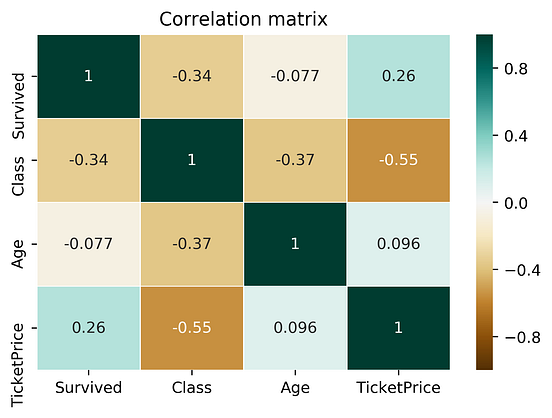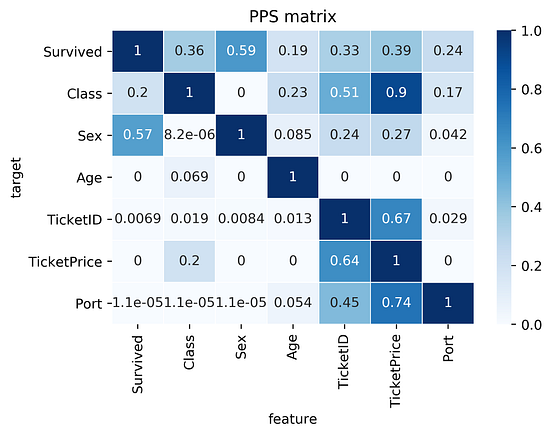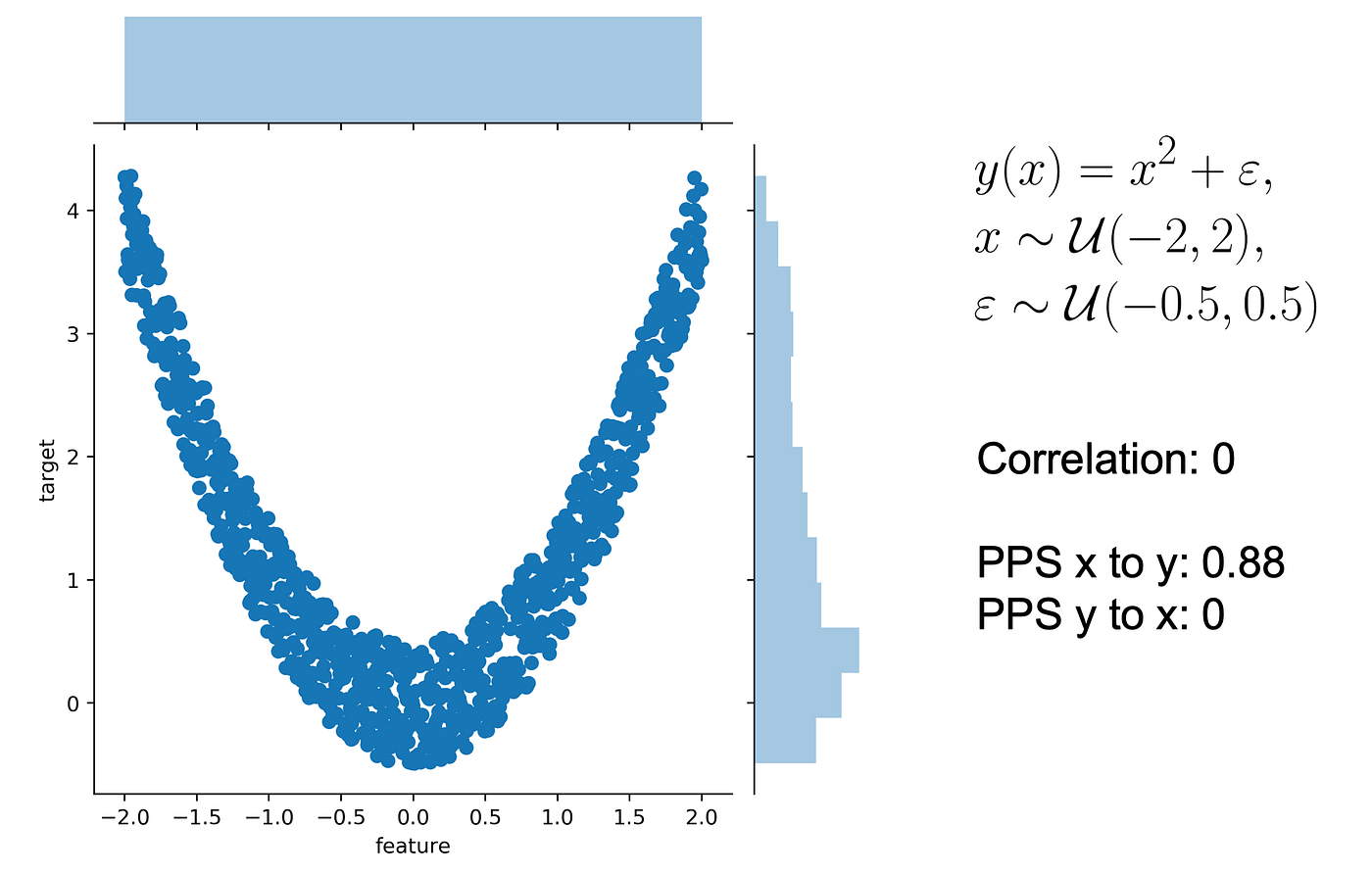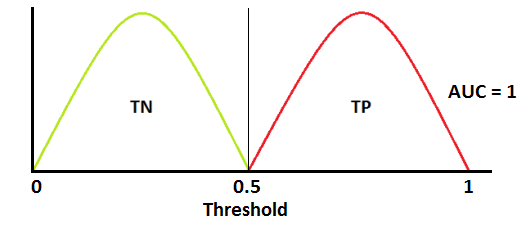Take Away
Transmission of viable SARS-CoV-2 RNA can occur even from an infected but asymptomatic individual. Some people never become symptomatic. That group usually becomes non-infectious after 14 days from initial infection. For persons displaying symptoms , the SARS-CoV-2 RNA can be detected for 1 to 2 days prior to symptomatology. (1)
The Claim
Asymptomatic people who had SARS-CoV-2 contact should be tested.
The Evidence
Yes, this is a reversal of August 2020 advice. What is the importance of asymptomatic testing?
Studies show that asymptomatic individuals have infected others prior to displaying symptoms. (1)
According to the CDC’s September 10th 2020 update approximately 40% of infected Americans are asymptomatic at time of testing. Those persons are still contagious and are estimated to have already transmitted the virus to some of their close contacts. (2)
In a report appearing in the July 2020 Journal of Medical Virology, 15.6% of SARS-CoV-2 positive patients in China are asymptomatic at time of testing. (3)
Asymptomatic infection also varies by age group as older persons often have more comorbidities causing them to be susceptible to displaying symptoms earlier. A larger percentage of children remain asymptomatic but are still able to transmit the virus to their contacts. (1) (3)
Transmission modes
Droplet transmission is the primary proven mode of transmission of the SARS-CoV-2 virus, although it is believed that touching a contaminated surface then touching mucous membranes, for example, the mouth and nose can also serve to transmit the virus. (1)
It is still unclear how big or small a dose of exposure to viable viral particles is needed for transmission; more research is needed to elucidate this. (1)
Citations
(1) https://www.who.int/news-
room/commentaries/detail/transmission-of-sars-cov-2-
implications-for-infection-prevention-precautions
(2) https://www.cdc.gov/coronavirus/2019-
ncov/hcp/planning-scenarios.html
(3) He J, Guo Y, Mao R, Zhang J.
Proportion of asymptomatic coronavirus disease 2019: A
systematic review and metaanalysis. J Med Virol. 2020;1–
11.https://doi.org/10.1002/jmv.26326














